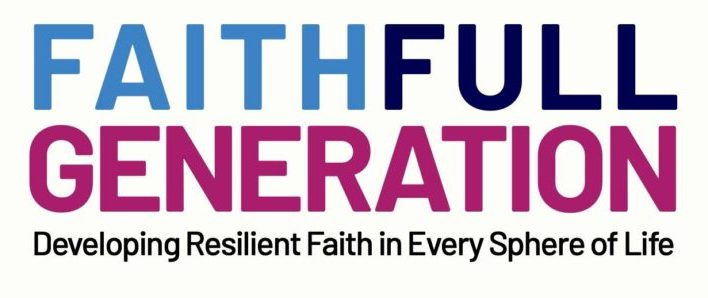Every part of the Bible – each event, book, character, commands, prophecy and column – must be understood in the context of one storyline. In many cases the approach to faith formation has been built around a series of disconnect Bible stories and memory verses.
Today we are all looking for the “BIG” story of life and the Bible provides the story. As we enter this story it is important that we discover not only the content but also that we are a part of this story – God’s story. It is our privilege to help others find their place in God’s big story.
As we ‘earth’ each story in its place in time and space we are giving validity to the story and helping others to see that God’s story is the true big story of our world.
Your word is a lamp for my feet, a light on my path.
Ps 119:105
Principles and practical ideas to inspire you as you implement this formational experience into your long term plan …
Principles
God’s Big Story has never changed, it was always His plan for us to be a part of it. It is also important to remember that it is HIS story, not ours, we are simply privileged to play a small role.
Why is understanding the BIG STORY of the BIBLE so important in the faith formation process? Here are 3 reasons….
1 The Bible is one continuing story
2 The Bible is one inclusive story
3 The Bible is one compelling story
Top 10 reasons why…
1.It is a collection of people’s real relationships and experiences.
2.It gives HOPE that someone is in control.
3.It gives the REAL narrative in a world of competing narratives.
4.It helps us NOT to reduce the Bible to fables with a moral and rules for life.
5.It tells the story of One God who links everything together and is unchanging through time.
6.It reveals our purpose and future in God.
7.So many people struggle with God’s big plan; they want an answer of what they are supposed to do. If we focus on the whole Bible, it encourages us to remember God’s plan is the whole world, not just us.
8.Humans are hardwired to respond to a story – we all need a story.
9.Faith is truly activated when we discover where our story connects with God’s big story.
10.It give us a PURPOSE when we are part of a bigger story.
Practical ideas – Resources for Children
1.“Big Bible Challenge”(Scripture Union). See Link
2.“The Faith Effect” (World Vision) It ‘builds’ the BIG story of the Bible into the child’s learning. See Link
3.‘The Jesus storybook Bible’ from Zonderkidz. See Link
4.Route one: Bible timeline. See Link
Teaching Strategies
1.Create a timeline (including Biblical characters and events as well as important events in the World) on a wall in your church or at home may help us to understand our part of the ‘journey’. Each person putting their name on the timeline is powerful way of acknowledging that we are part of God’s BIG Story.
2.Whenever you engage at a story, put it on a dot on the timeline. Link stories.
3.Parallel the characters of the Bible and their stories with everyday life. For example , the way Job dealt with ‘trials and troubles’.
4.Bible stories need a multi- faceted approach. Same teaching across the whole church.
5.Help people to see that there are different ‘ways of knowing’, including moral, ethical, spiritual, scientific etc.
Handling Questions
1.Develop a culture within your family and church where questions of all sorts are encouraged and encountered, even though this could be very uncomfortable. The BIG story of the Bible must embrace the BIG questions.
2.Continually ask the question: “Where are you in God’s BIG story?”
Bible influencing life
1.Commemorate special people and events through history so that children can identify with the heroes of the faith eg. Celebrate “Abolitionist Sunday” each November, highlighting the life of William Wilberforce and what is being done about slavery today.
2.People’s personal stories of faith are powerful.
Remind people that they can, and should make a difference, in ‘their time’

